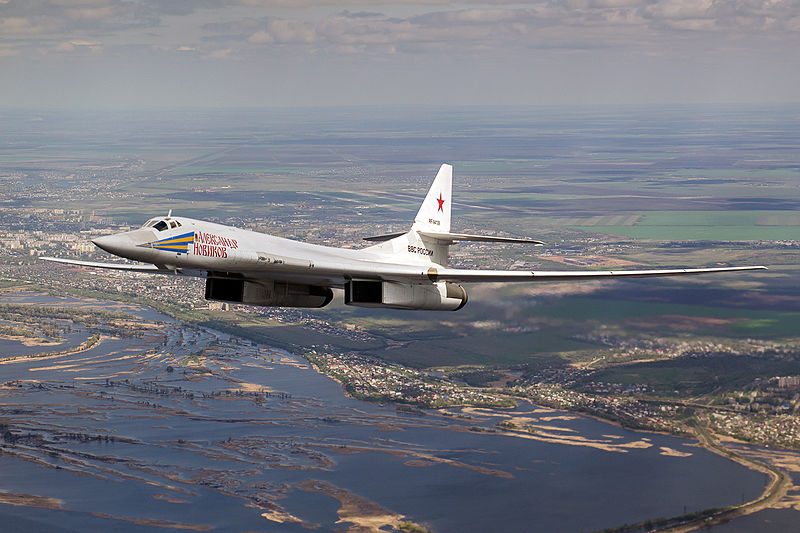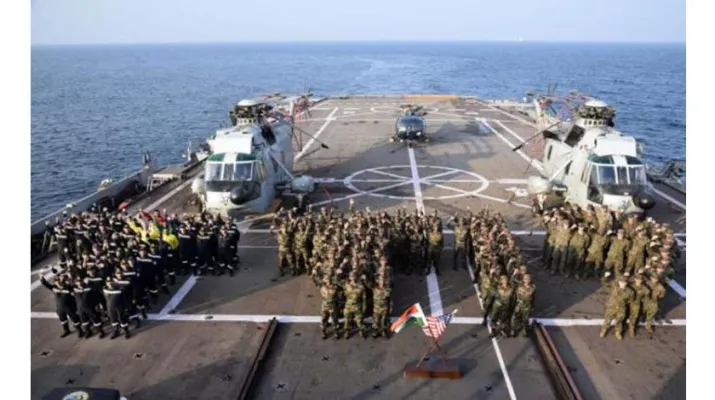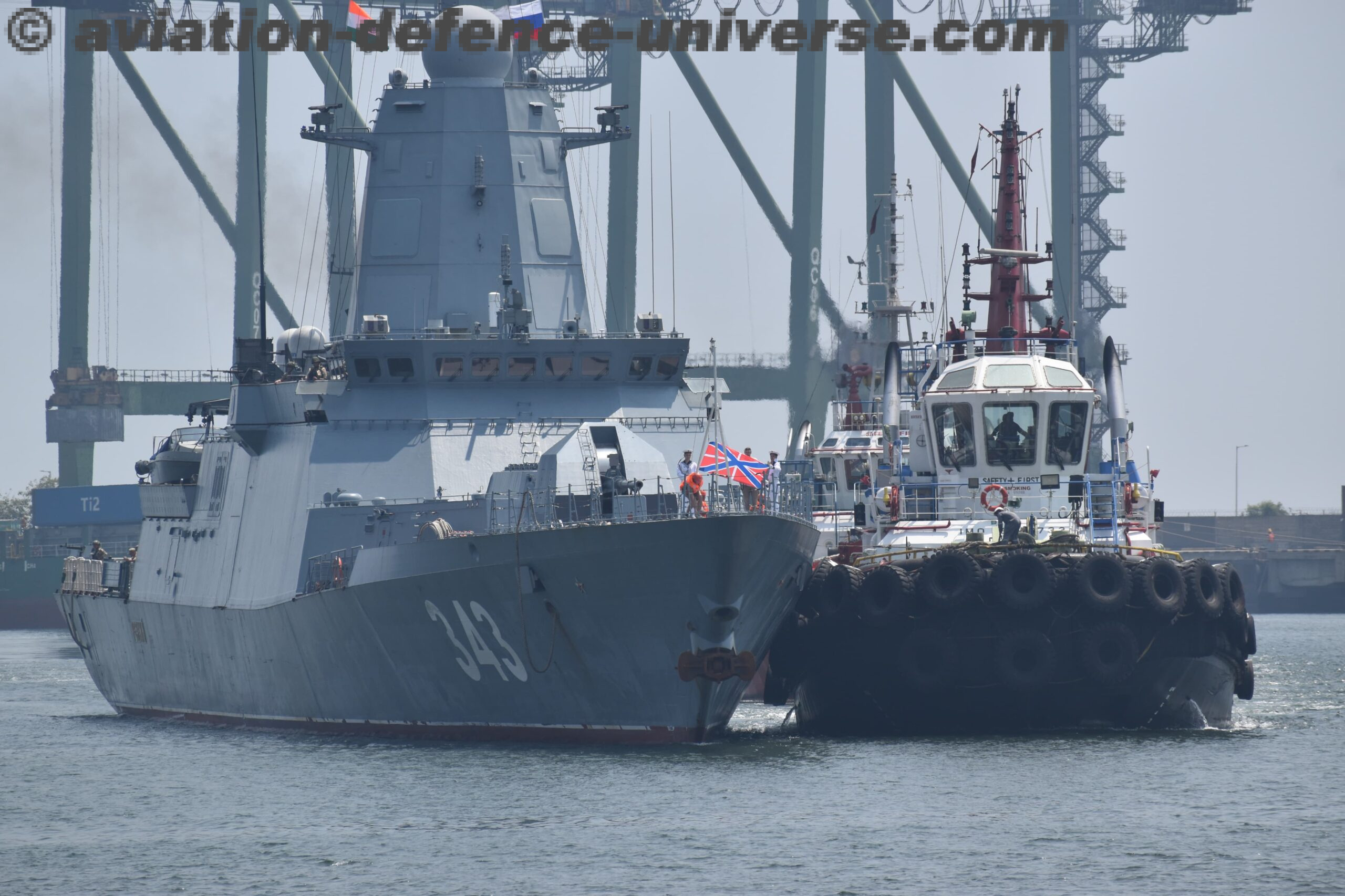
New Delhi. 18 December 2020. Today in 1981 the Russian heavy strategic bomber Tu-160, the world’s largest combat aircraft, largest supersonic aircraft and largest variable-sweep wing aircraft built took to the skies. And since the first flight it still remains the largest combat aircraft in the world.
Entering service in 1987, the Tu-160 was the last strategic bomber designed for the Soviet Union. As of 2016, the Russian Air Force’s Long Range Aviation branch has at least 16 aircraft in service. The Tu-160 active fleet has been undergoing upgrades to electronics systems since the early 2000s. The Tu-160M modernization programme has begun with the first updated aircraft delivered in December 2014. The first competition for a supersonic strategic heavy bomber was launched in the Soviet Union in 1967. In 1972, the Soviet Union launched a new multi-mission bomber competition to create a new supersonic, variable-geometry (“swing-wing”) heavy bomber with a maximum speed of Mach 2.3, in response to the US Air Force B-1 bomber project. The Tupolev design, named Aircraft 160M, with a lengthened blended wing layout and incorporating some elements of the Tu-144, competed against the Myasishchev M-18 and the Sukhoi T-4 designs.
Work on the new Soviet bomber continued despite an end to the B-1A and in the same year, the design was accepted by the government committee. The prototype was photographed by an airline passenger at a Zhukovsky Airfield in November 1981, about a month before the aircraft’s first flight on 18 December 1981. Production was authorized in 1984, beginning at the Kazan Aircraft Production Association (KAPO).
The Tupolev Tu-160 ‘White Swan’ (NATO reporting name: Blackjack) is a supersonic, variable-sweep wing heavy strategic bomber designed by the Tupolev Design Bureau in the Soviet Union in the 1970s. It is the largest and heaviest Mach 2+ supersonic military aircraft ever built and next to the experimental XB-70 Valkyrie in overall length. As of 2020, it is the largest and heaviest combat aircraft, the fastest bomber in use and the largest and heaviest variable-sweep wing airplane ever flown.
Entering service in 1987, the Tu-160 was the last strategic bomber designed for the Soviet Union. As of 2016, the Russian Air Force’s Long Range Aviation branch has at least 16 aircraft in service. The Tu-160 active fleet has been undergoing upgrades to electronics systems since the early 2000s. The Tu-160M modernization programme has begun with the first updated aircraft delivered in December 2014.
The Tu-160 is a variable-geometry wing aircraft. The aircraft employs a fly-by-wire control system with a blended wing profile, and full-span slats are used on the leading edges, with double-slotted flaps on the trailing edges and cruciform tail. The Tu-160 has a crew of four (pilot, co-pilot, bombardier, and defensive systems operator) in K-36LM ejection seats.
The Tu-160 is powered by four Kuznetsov NK-32 afterburning turbofan engines, the most powerful ever fitted to a combat aircraft. Unlike the American B-1B Lancer, which reduced the original Mach 2+ requirement for the B-1A to achieve a smaller radar cross-section, the Tu-160 retains variable intake ramps, and is capable of reaching Mach 2.05 speed at altitude. The Tu-160 is equipped with a probe-and-drogue in-flight refueling system for extended-range missions, although it is rarely used. The Tu-160’s internal fuel capacity of 130 tons gives the aircraft a roughly 15-hour flight endurance at a cruise speed of around 850 km/h (530 mph), Mach 0.77, at 9,100 m (30,000 ft).
























































































































